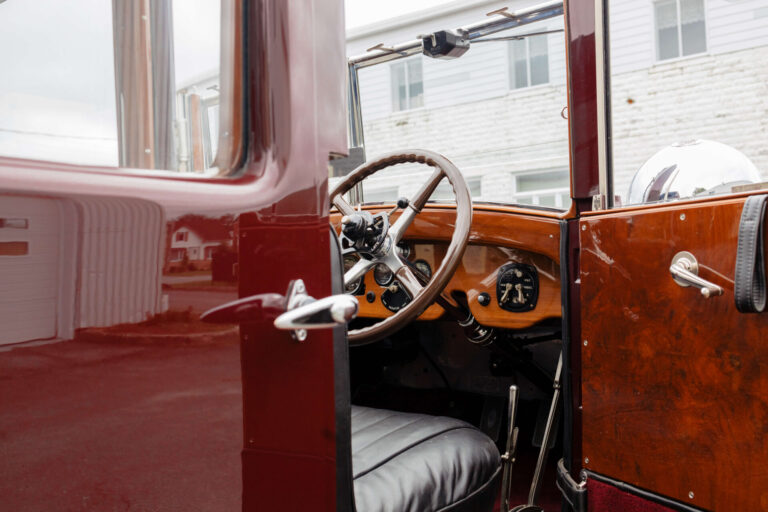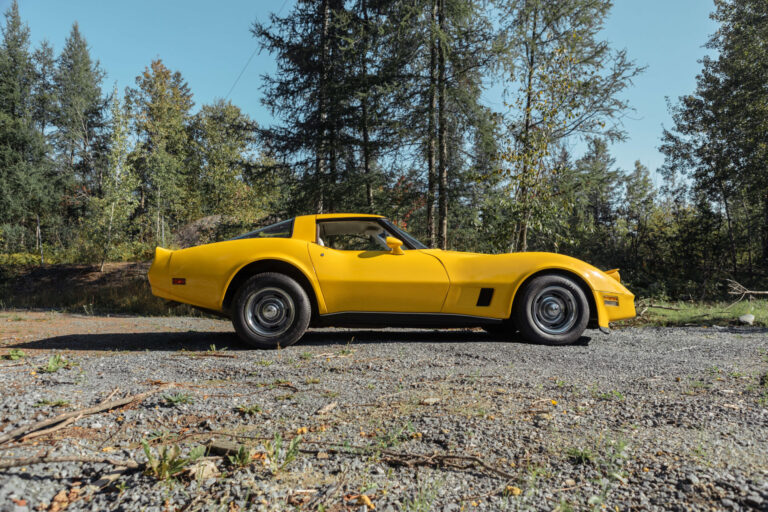The Automotive Dream “One man and his dream had not simply left the world with an engine and four wheels; Henry Ford and his Model T had influenced people's everyday lives - where they lived, how they spent their leisure time, even how they viewed themselves.” - Gary...
1909 Schacht Model H Runabout
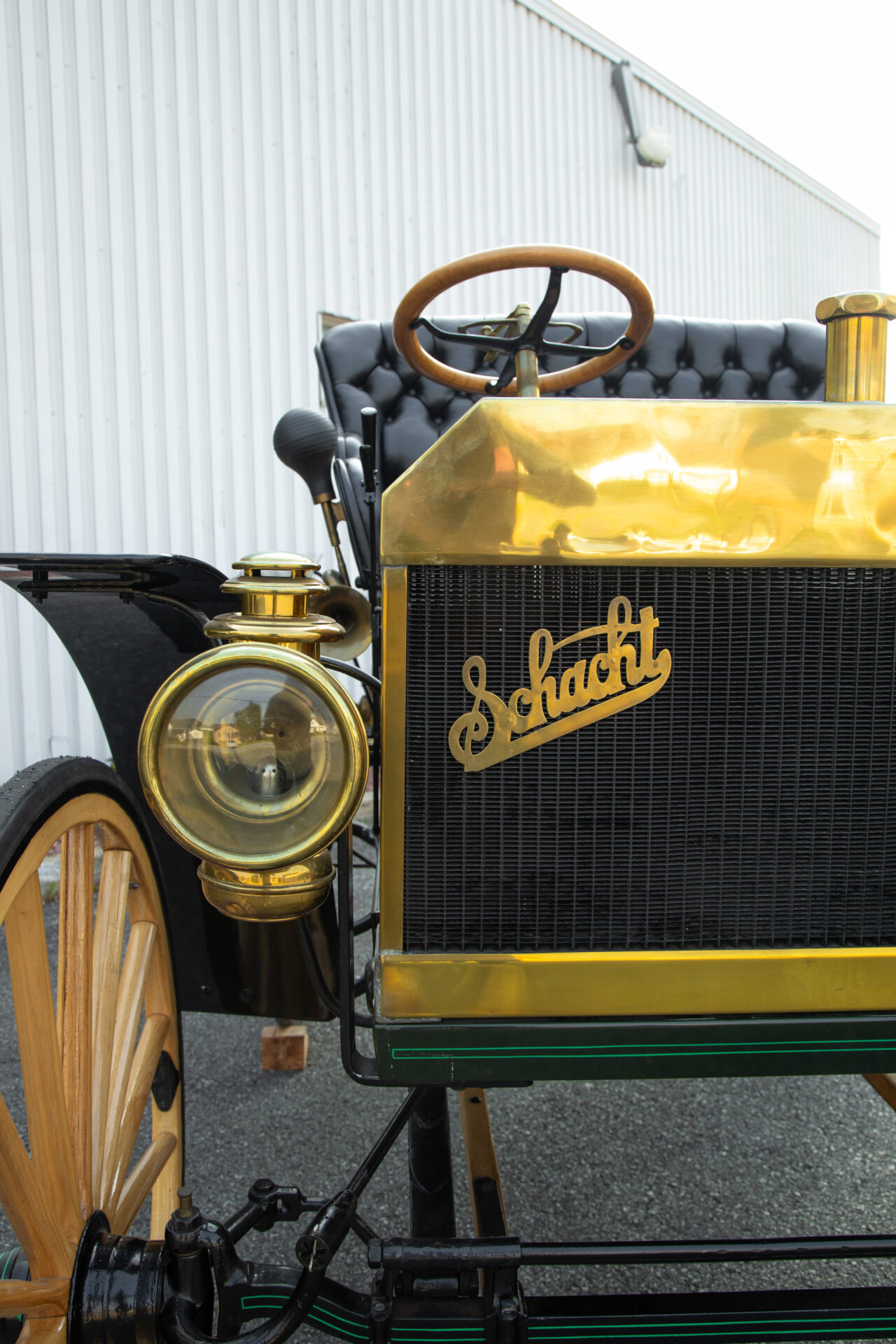
Recent posts
Lagonda 16/80 Special Six 1933
English Touring The car we present to you this week is the Lagonda 16/80 Special Six in the Demers Car Collection. Lagonda was a luxury British car brand that Aston Martin eventually absorbed. Through its association with Aston Martin, it is sometimes hard to remember...
An Introduction to Lagonda
Before Aston Martin “The history of Lagonda cars is synonymous with sophistication, opulence, and groundbreaking performance” - An article for Discovery UK Today, we may recognize the name Lagonda from its association with Aston Martin. Before these two brands...
Cadillac Model A 1903
The Standard of the World “No other American car on the market in the first decade of the century was constructed to higher standards than Cadillac.” - Stephen W. Sears in The Automobile in America Some of you may know that Cadillac has long had the slogan “Standard...
A Motorized Buggy Perfect for the Countryside
“The simplest, most practical, efficient and economical car made.” – Gustav A. Schacht in Kimes & Clark’s Standard Catalog of Cars
Following last week’s discussion on horseless carriages, this week’s vehicle can be described as a “motor buggy.” The 1909 Schacht Model H Runabout in the Demers Car Collection is a fine example of a car from the horseless carriage era. Keep reading to learn more about how the Schacht Manufacturing Company came to be, runabouts and this particular model.
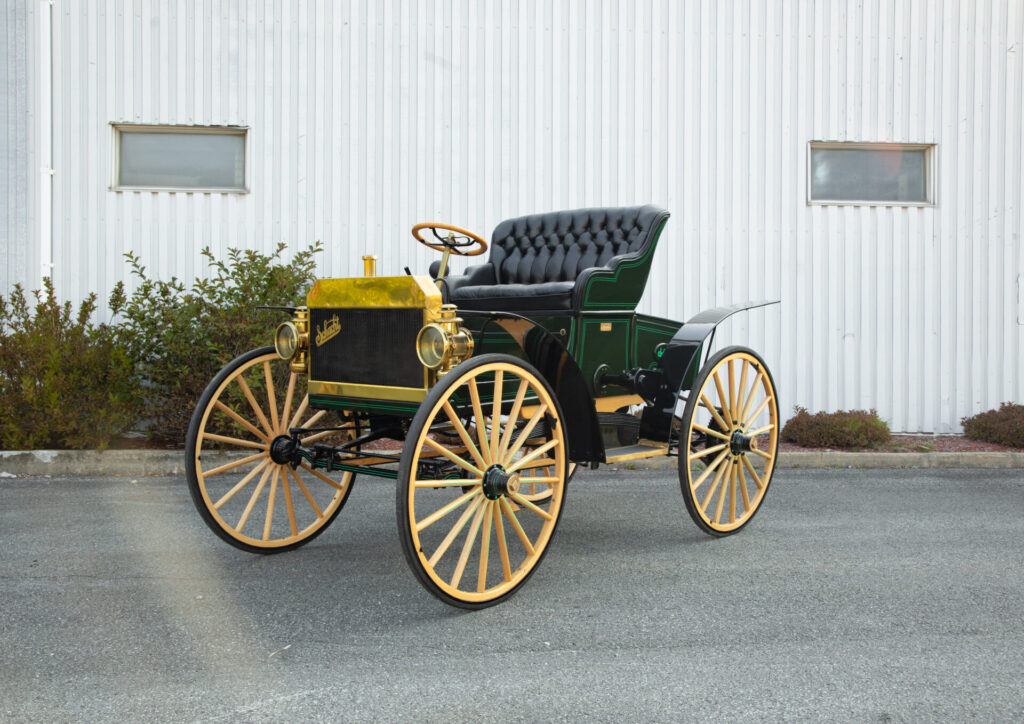
Historical Context
As the automotive industry developed in the United States, an increasing number of small builders introduced their self-propelled vehicles. It is believed that there was a time when the United States had a car brand for every letter of the alphabet. Over 1,000 car manufacturers were operating in the United States before the Great Depression and the consolidation of the industry into the Big Three (Ford, Chrysler and GM). Surviving cars from this period are quite rare. The orphans, cars from defunct manufacturers, are still loved and cherished by their current owners. The Demers Car Collection has many such cars. We think that reporting on their stories is important as they all played a role in the history and evolution of the automobile.
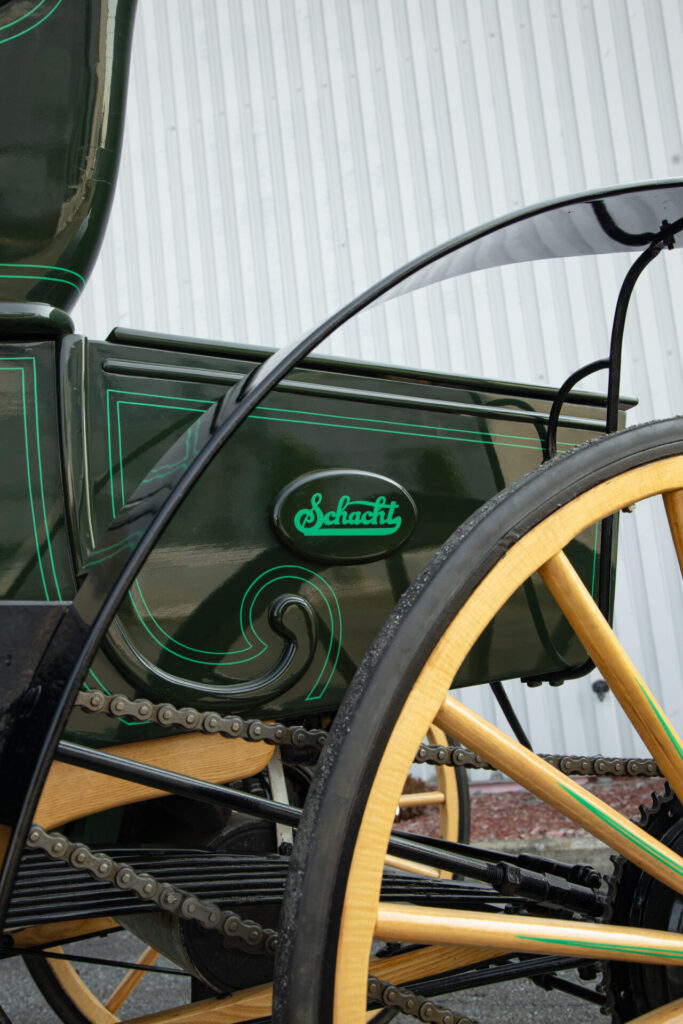
What’s a Runabout?
Derived from horse-drawn buggies, runabouts are an automobile style popular at the end of the 19th century and the beginning of the 20th. Runabouts were small, open-top vehicles with four roughly equal-sized wheels. They were designed to be compact, lightweight, and relatively simple in construction. Runabouts typically had seating for two or more passengers, with the driver often sitting exposed at the front or rear of the vehicle.
Another element borrowed from the horse carriage, the Schacht had large wooden spoke wheels. These tall wheels gave the Schacht high ground clearance which made it particularly well adapted to unpaved country roads.
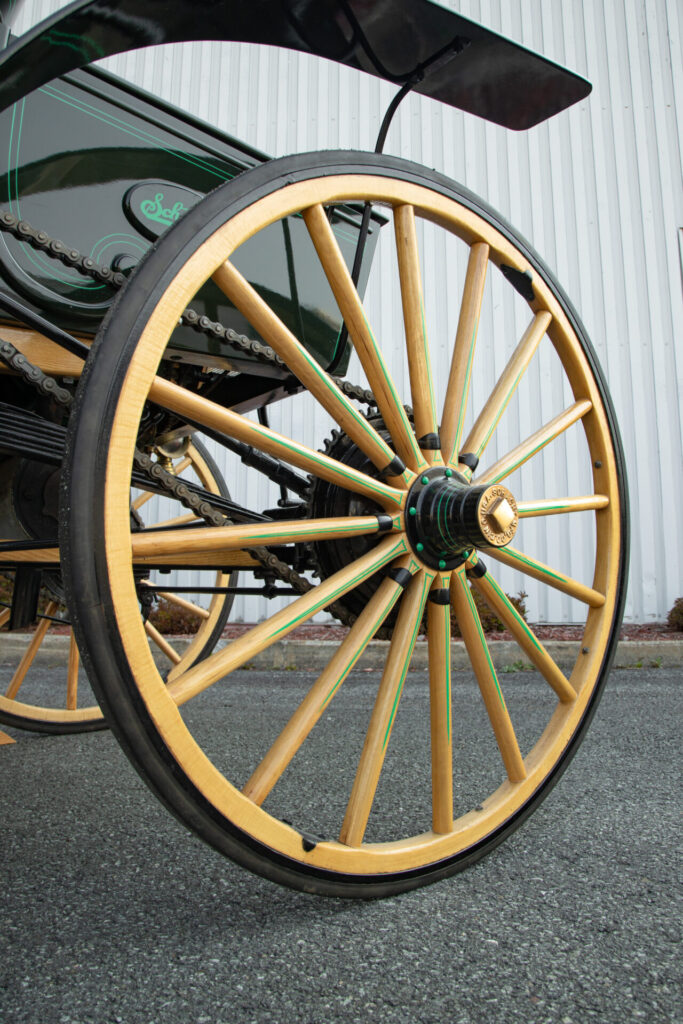
The Schacht Manufacturing Company of Cincinnati
Founded by William Schacht, with the assistance of his brother Albert, the Schacht Manufacturing Company of Cincinnati, Ohio, initially focused on crafting buggies and horse-drawn carriages. As the 20th century dawned, they ventured into producing components for the automotive industry before transitioning to full-fledged car production. The brothers tried to attach a 10-horsepower, two-cylinder engine to one of their two-passenger high-wheel buggies. Not only did this work, but the motorized Schachts that first appeared in 1904 made the company famous. Buyers came in from Ohio, Kentucky and Indiana.
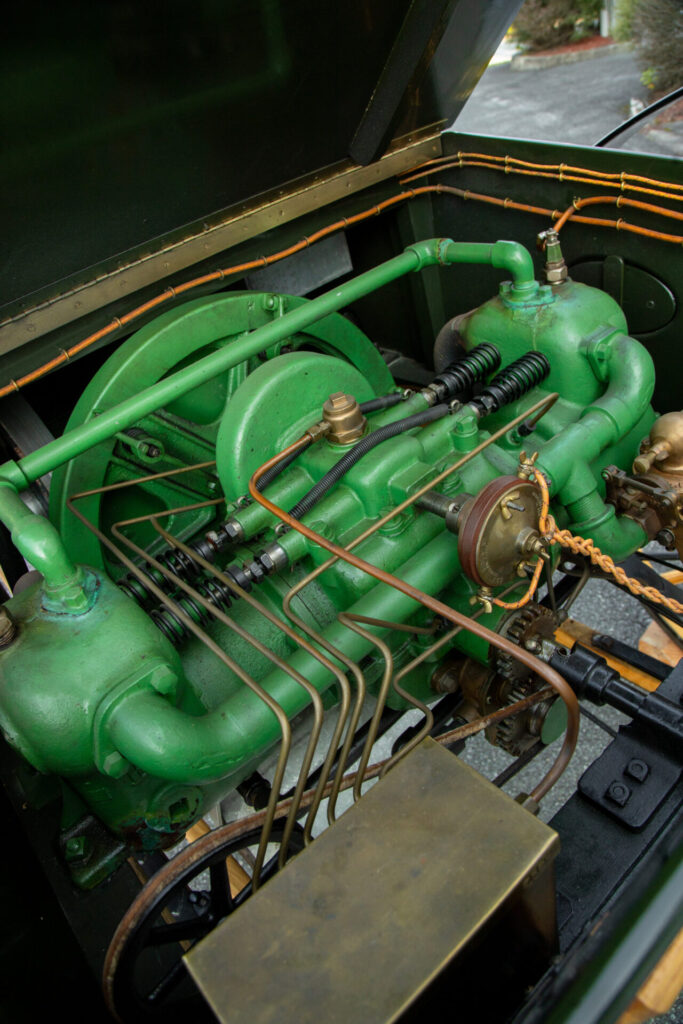
The Invincible Schacht
Schacht’s slogan was the “Invincible Schacht.” The vehicles were well-built and attractive, perfect for rugged terrains. Over 8,000 Schacht cars were built between 1904 and 1913. Although Schacht produced cars for less than a decade, their runabouts were quite popular and very much appreciated by their owners.
In 1912, Schacht participated in the Indy 500, securing a respectable fifth position. At the time, the automobile industry grappled with production quality and reliability issues. Simply finishing the Indy 500 race was a remarkable engineering feat, and Schacht’s success highlighted the built quality of its vehicles.
Despite their popularity and reliability, the company transformed in 1913, renaming itself the Schacht Motor Truck Company and shifting focus to truck production. It is believed that this decision was influenced by Ford’s introduction of the Model T in 1908 and the consolidation of Oldsmobile, Cadillac, and Buick into General Motors. The competition was becoming too high in the affordable utilitarian car segment.
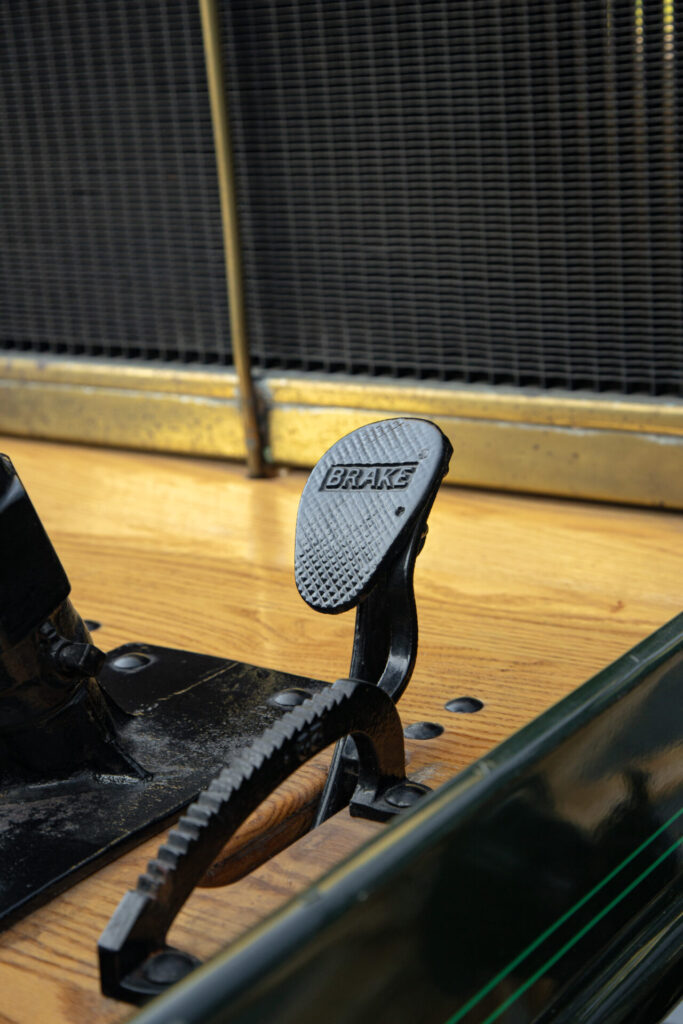
This Particular Car
Although it looks a little primitive for a car of 1909, the Schacht Runabout was very well adapted to country roads. The flimsy-looking wheels made the car agile in muddy and rocky environments. Schacht’s reputation for reliability also helped its sales, making it a popular car in the tri-state area. The Model H featured here also had companions, the Model K with a top and the Model P with pneumatic tires.
Of note, the Schacht model H you see here boasts a brass radiator and a steering wheel. Many high-wheel buggies of the time had tiller-style steering. This is another example of how Schacht offered more to their customers. Over one hundred years old, a previous owner restored this particular car in the 1990s.
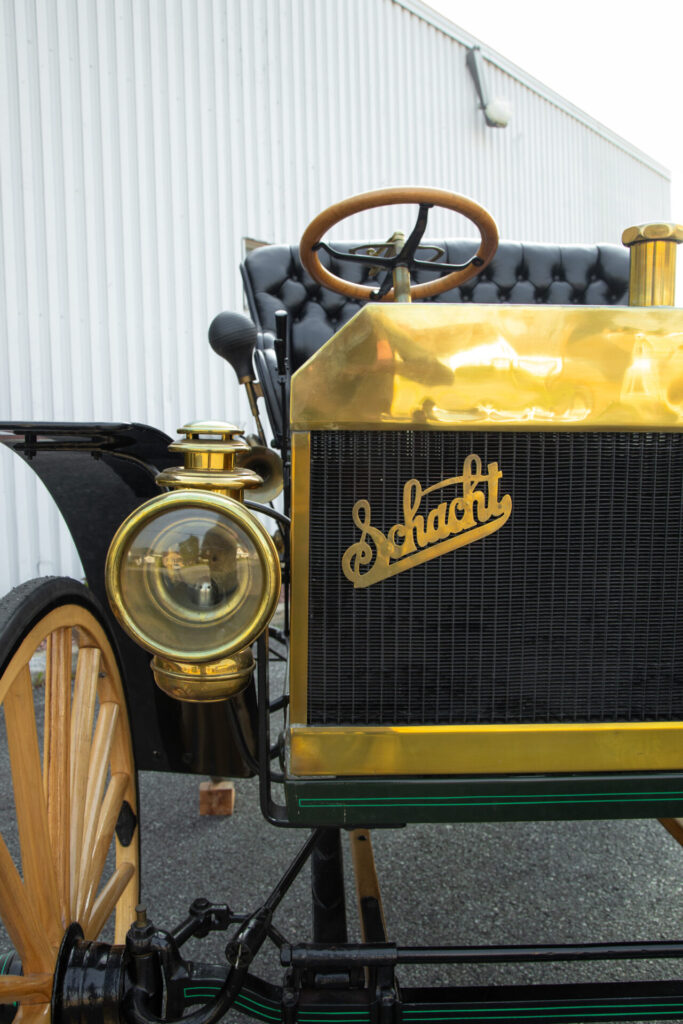
What Now?
Runabout like this 1909 Schacht helped pave the way for the adoption of the automobile. While more sophisticated cars found favor with urban elites, practical and robust vehicles like the Schacht won the hearts of farmers and rural communities. Of the 8,000+ Schacht cars produced, it is believed that less than 70 remain today. Nonetheless, an active international Schacht register, affiliated with the Horseless Carriage Club of America, continues to celebrate and preserve the legacy of these remarkable vehicles. Don’t miss next week’s blog where we delve into the hobby of car collecting.
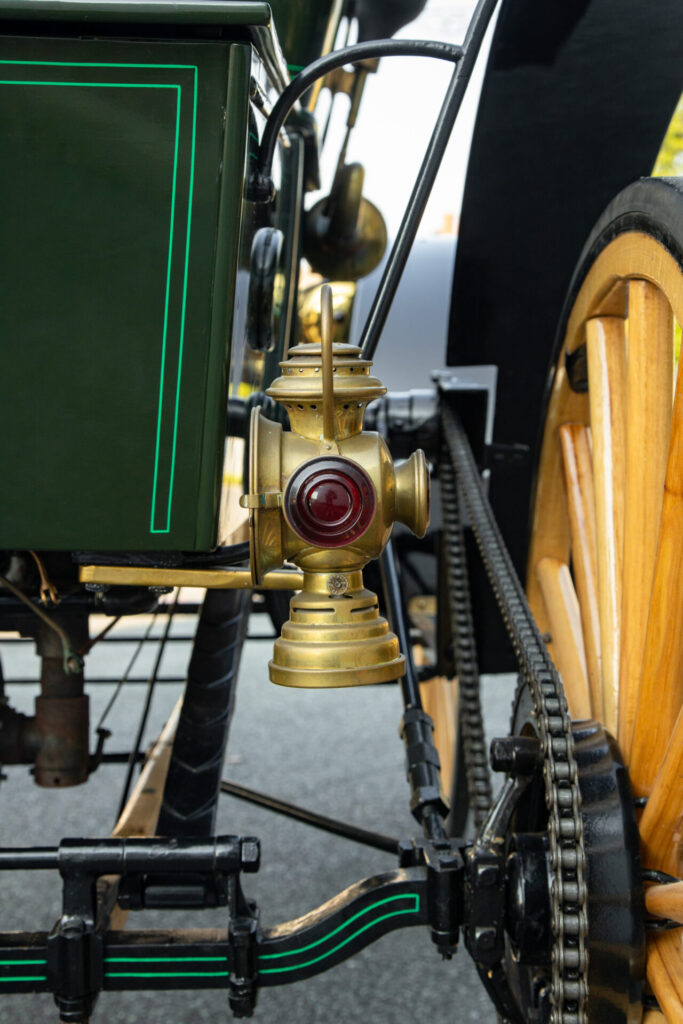
The Nitty Gritty
- Engine: 18-20 horsepower with a 4-3/4” bore and 4” stroke
- Drive: Chain drive
- Wheelbase: 74”


